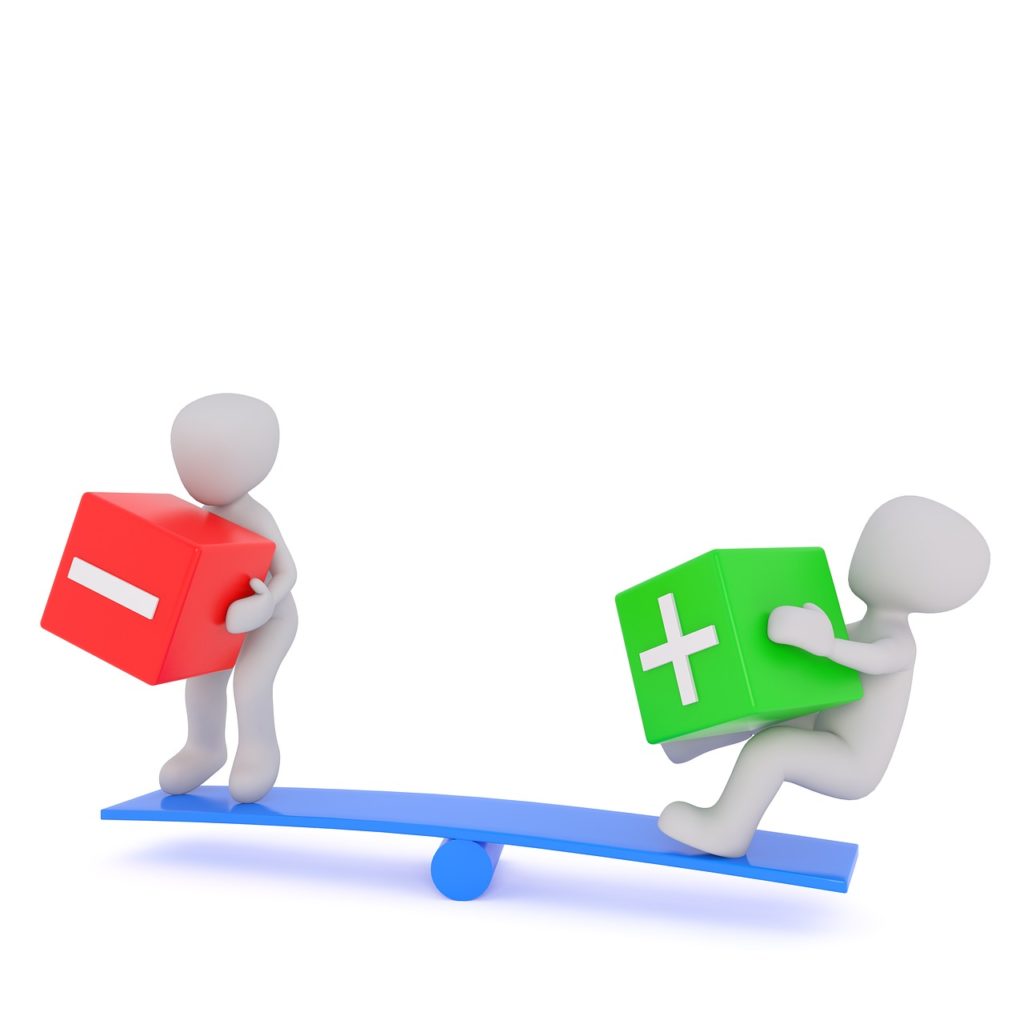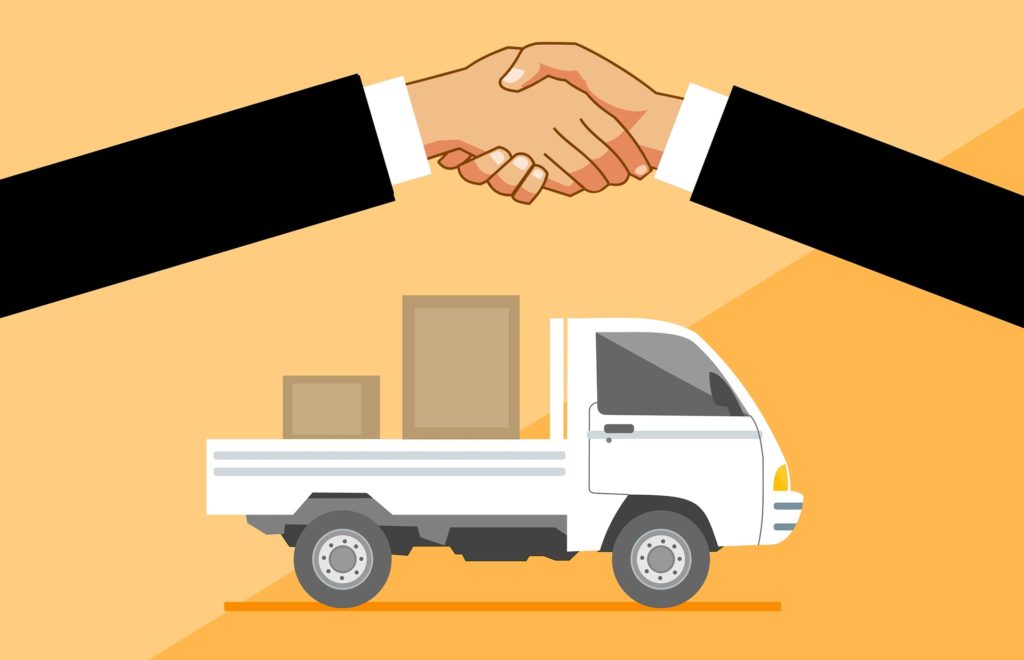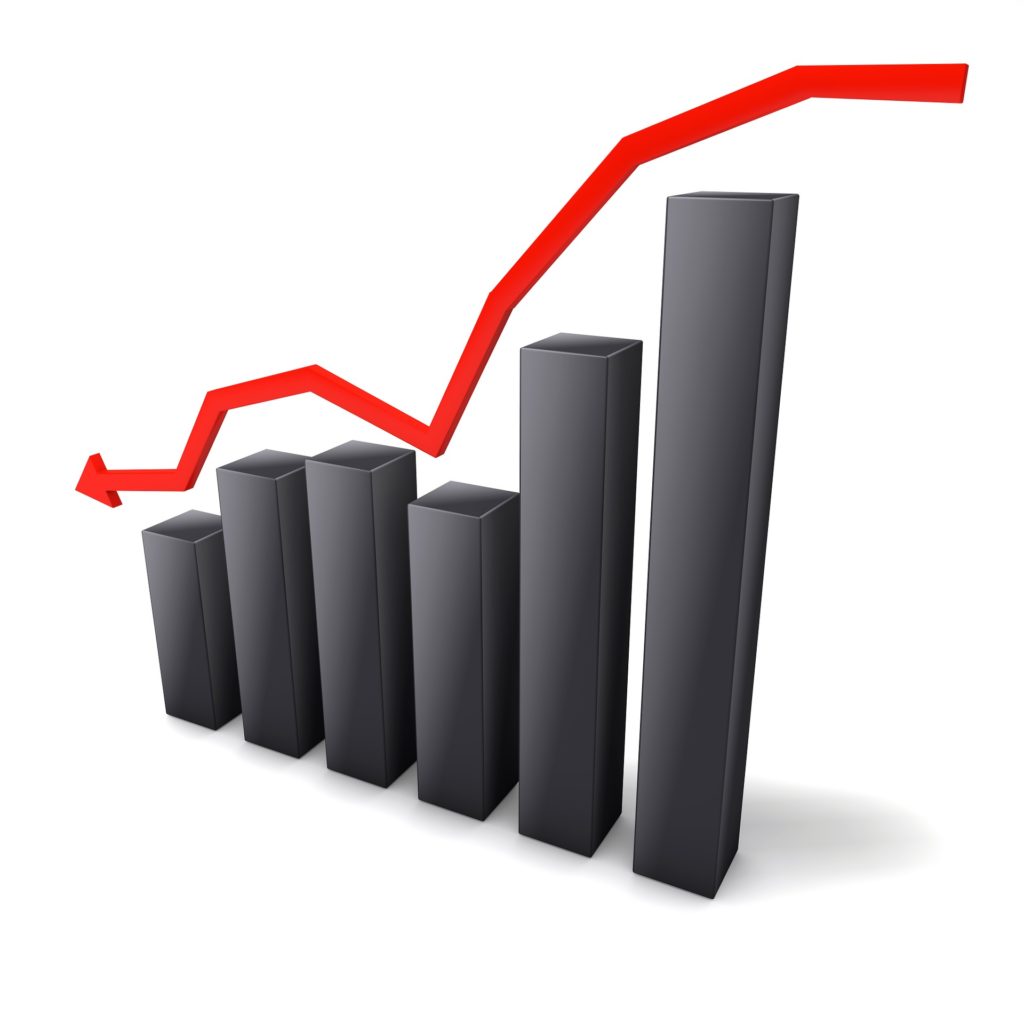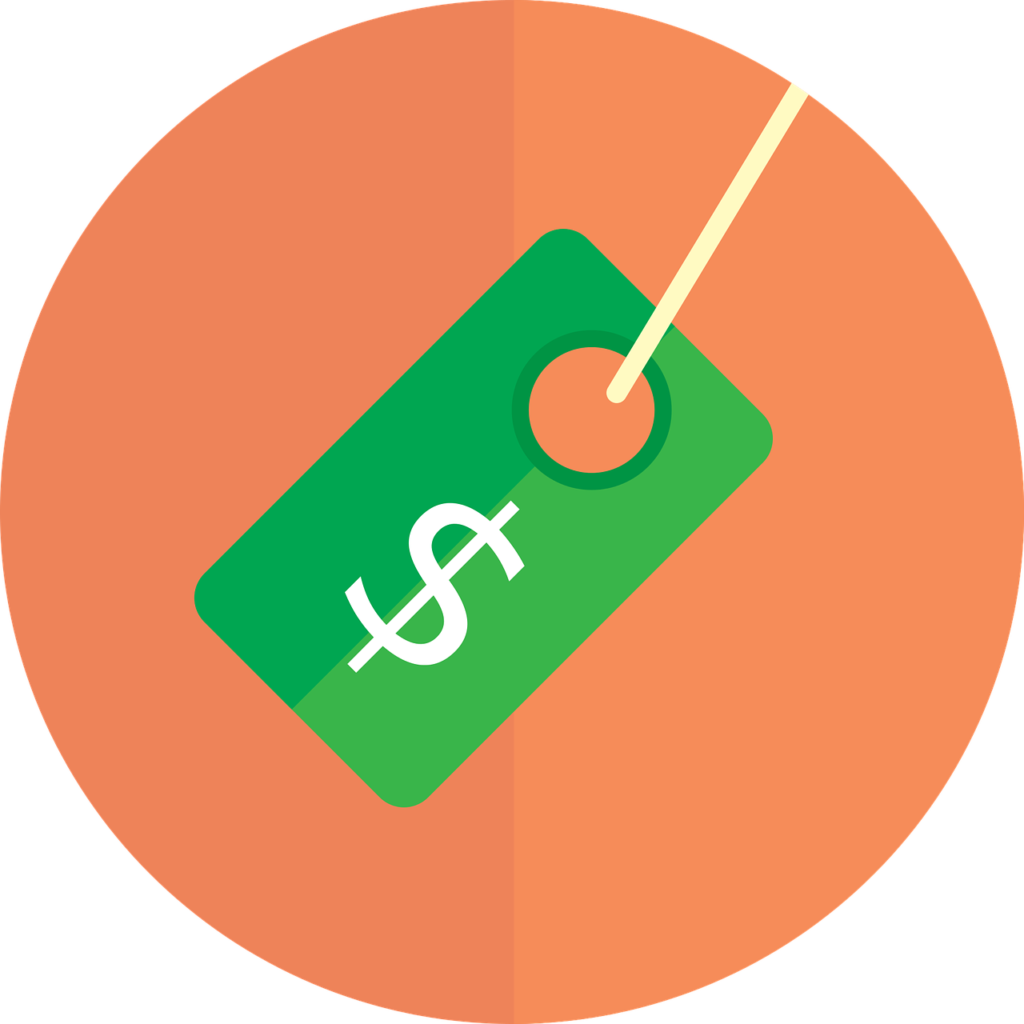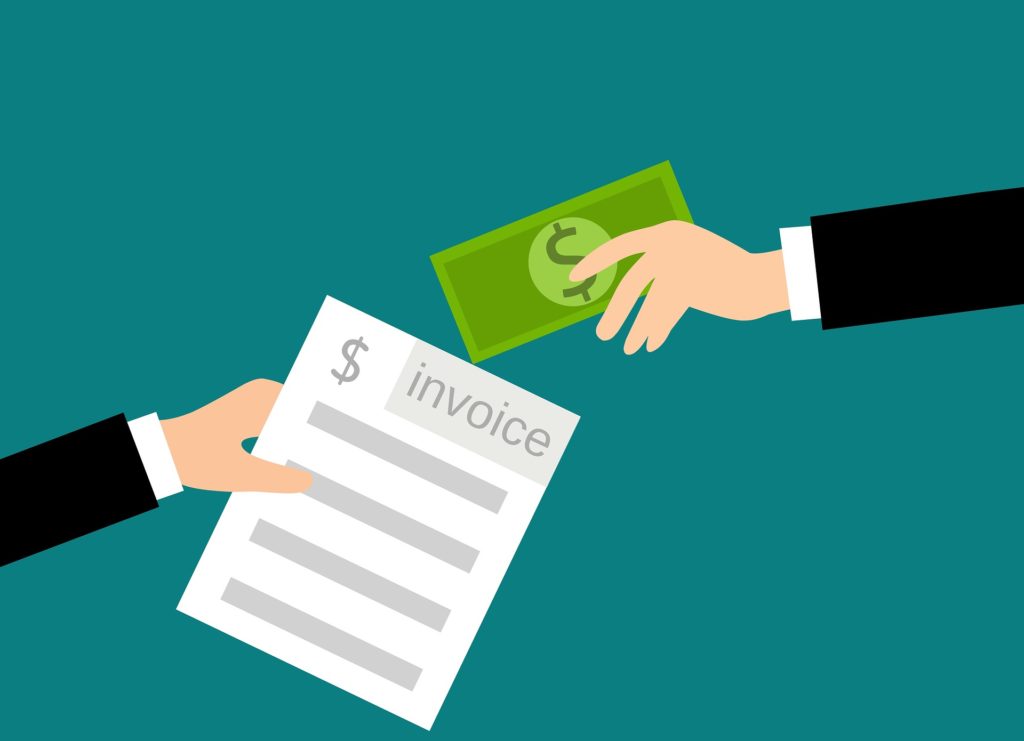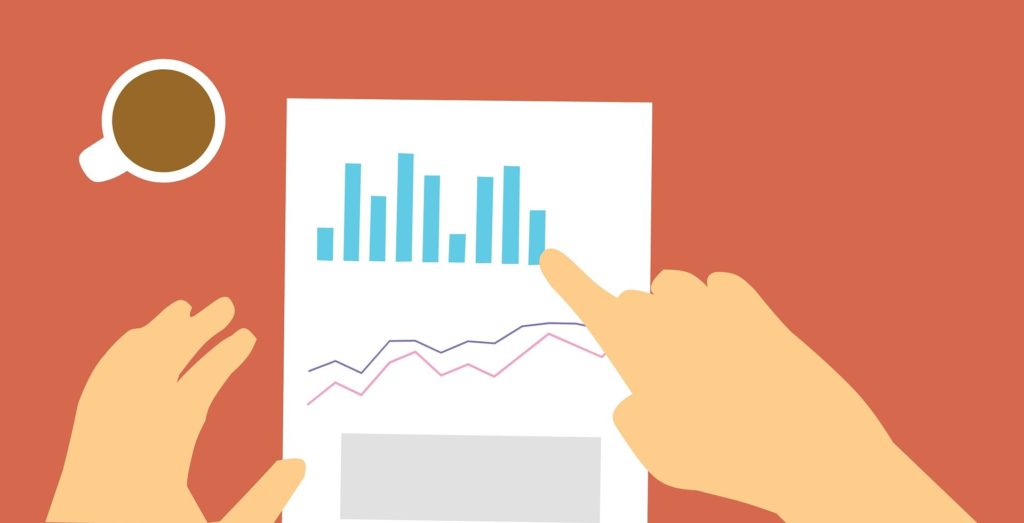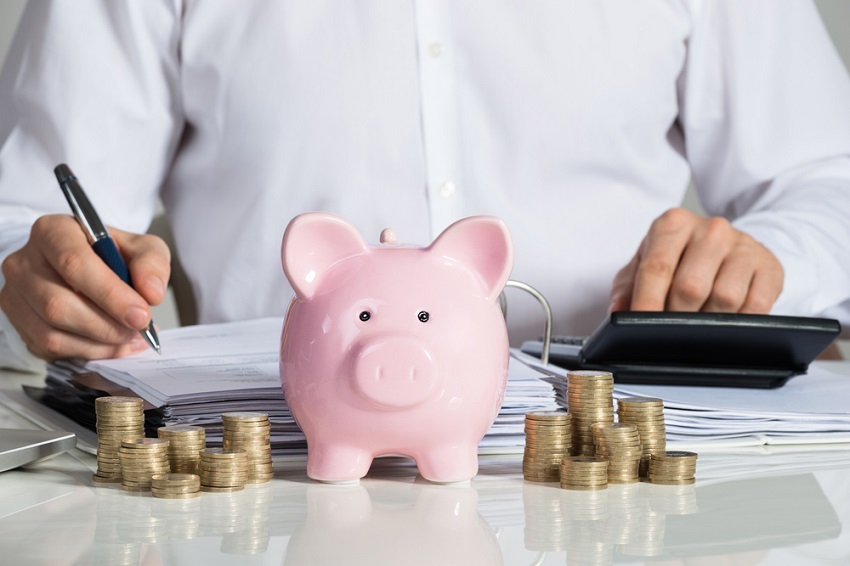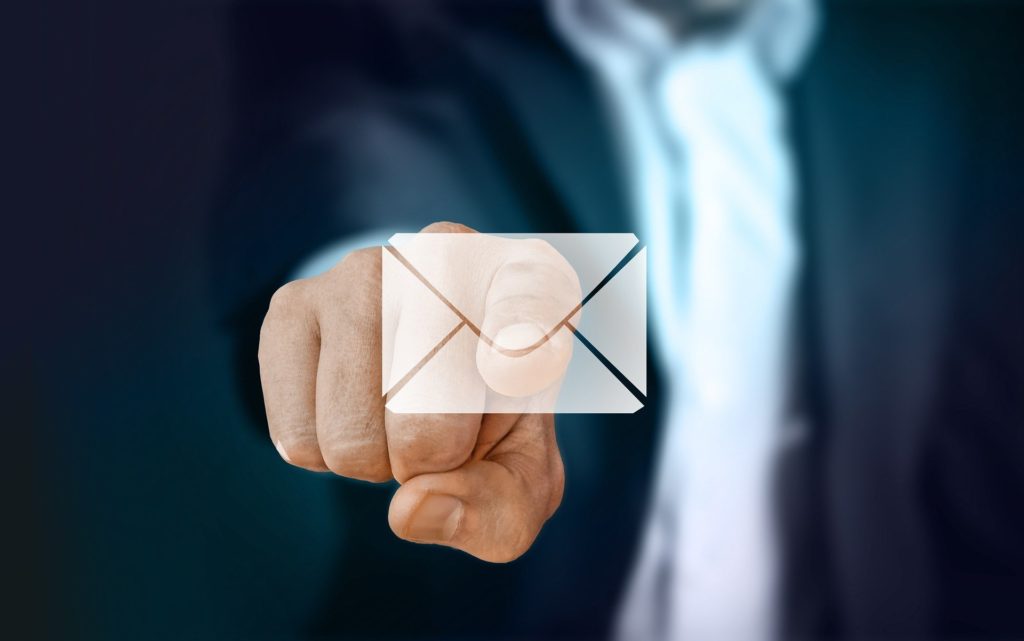Debtors
Debtors are amounts that are owed to you, usually by your customers where you have sold them something on credit, but the debtors figure in your accounts will contain anything that is owed back to you at your year end. The debtors balance will be shown in the current assets section of the balance sheet.
Why are these included? Well, these amounts won’t show in the bank balance as you hadn’t received payment by the end of the year, but they are amounts that were due to you that you will hopefully have received shortly after the year end, so they need to be included to give a fair and accurate representation of the financial position of the business at the year end.
Creditors
Very simply, these are amounts that you owed to someone else at the year end. This could be a balance owed to a supplier, a VAT/PAYE/corporation tax bill owed to HMRC, the remaining portion of a loan owed back to a lender at the year end, etc.
The creditors balance is split in your accounts between current and long-term creditors. This will be shown in your accounts as balances due to creditors within 1 year of the year end under the current assets section of the balance sheet, with amounts owed to creditors due in over 1 years’ time shown further down in their own section.
The reasoning for including these is very similar to the reason as to why we include the debtors figure in the accounts. They are amounts owed by your business that will have to be repaid at some point in the future, so if we don’t show these in the accounts we wouldn’t be giving a true reflection of the financial position that your business is in.



